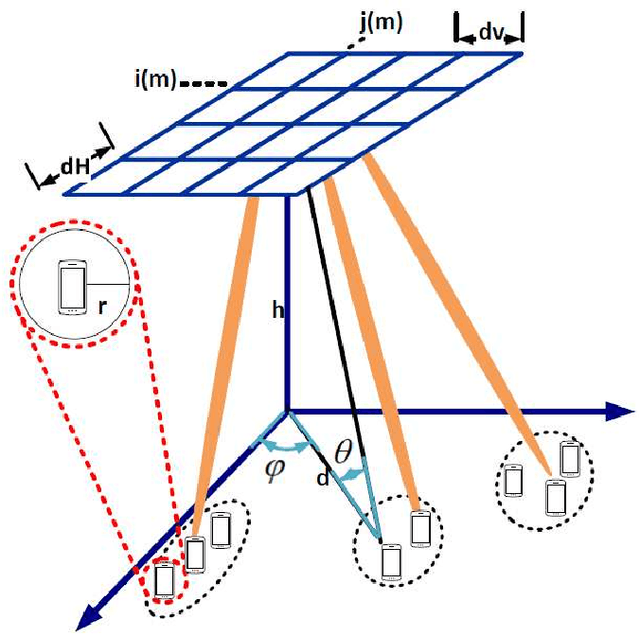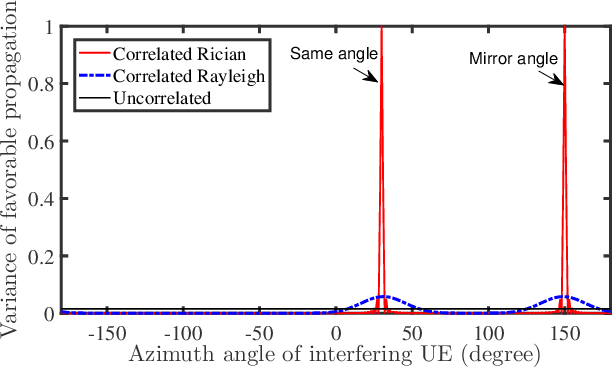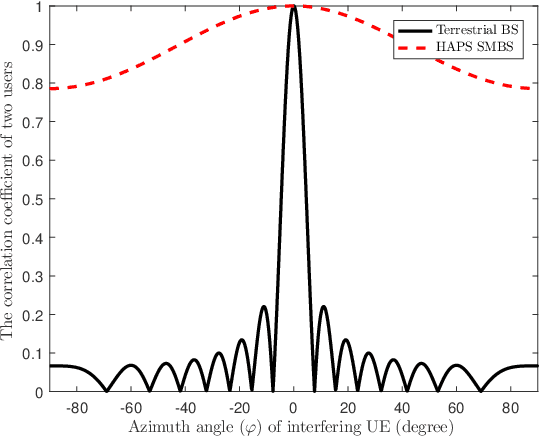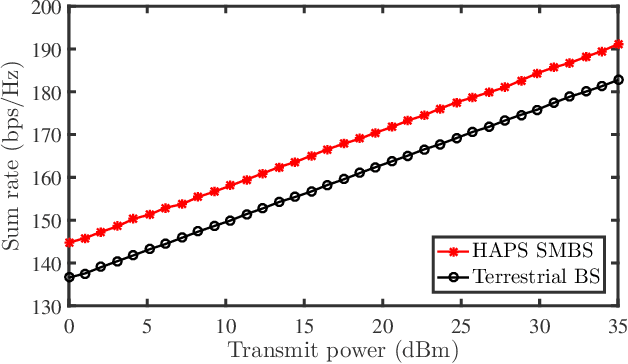Rozita Shafie
MIMO-NOMA Enabled Sectorized Cylindrical Massive Antenna Array for HAPS with Spatially Correlated Channels
Jun 30, 2024



Abstract:The high altitude platform station (HAPS) technology is garnering significant interest as a viable technology for serving as base stations in communication networks. However, HAPS faces the challenge of high spatial correlation among adjacent users' channel gains which is due to the dominant line-of-sight (LoS) path between HAPS and terrestrial users. Furthermore, there is a spatial correlation among antenna elements of HAPS that depends on the propagation environment and the distance between elements of the antenna array. This paper presents an antenna architecture for HAPS and considers the mentioned issues by characterizing the channel gain and the spatial correlation matrix of the HAPS. We propose a cylindrical antenna for HAPS that utilizes vertical uniform linear array (ULA) sectors. Moreover, to address the issue of high spatial correlation among users, the non-orthogonal multiple access (NOMA) clustering method is proposed. An algorithm is also developed to allocate power among users to maximize both spectral efficiency and energy efficiency while meeting quality of service (QoS) and successive interference cancellation (SIC) conditions. Finally, simulation results indicate that the spatial correlation has a significant impact on spectral efficiency and energy efficiency in multiple antenna HAPS systems.
Power Allocation for a HAPS-Enabled MIMO-NOMA System with Spatially Correlated Channels
Sep 27, 2022



Abstract:High-altitude platform station (HAPS) systems are considered to have great promise in the multi-tier architecture of the sixth generation (6G) and beyond wireless networks. A HAPS system can be used as a super macro base station (SMBS) to communicate with users directly since there is a significant line-of-sight (LoS) link between a HAPS and terrestrial users. One of the problems that HAPS SMBS systems face, however, is the high spatial correlation between the channel gain of adjacent users, which is due to the LoS link between the HAPS and terrestrial users. In this paper, in addition to utilizing the spatial correlation of channel gain between multiple users to improve user services, we consider correlated channel gain for each user. In the proposed method, terrestrial users with a high spatial correlation between their LoS channel gain are grouped into NOMA clusters. Next, an algorithm is proposed to allocate power among terrestrial users to maximize the total rate while satisfying the quality-of-service (QoS) and successive interference cancellation (SIC) conditions. Simulation results show that a HAPS SMBS has superior data rate and energy efficiency in comparison to a terrestrial BS.
 Add to Chrome
Add to Chrome Add to Firefox
Add to Firefox Add to Edge
Add to Edge